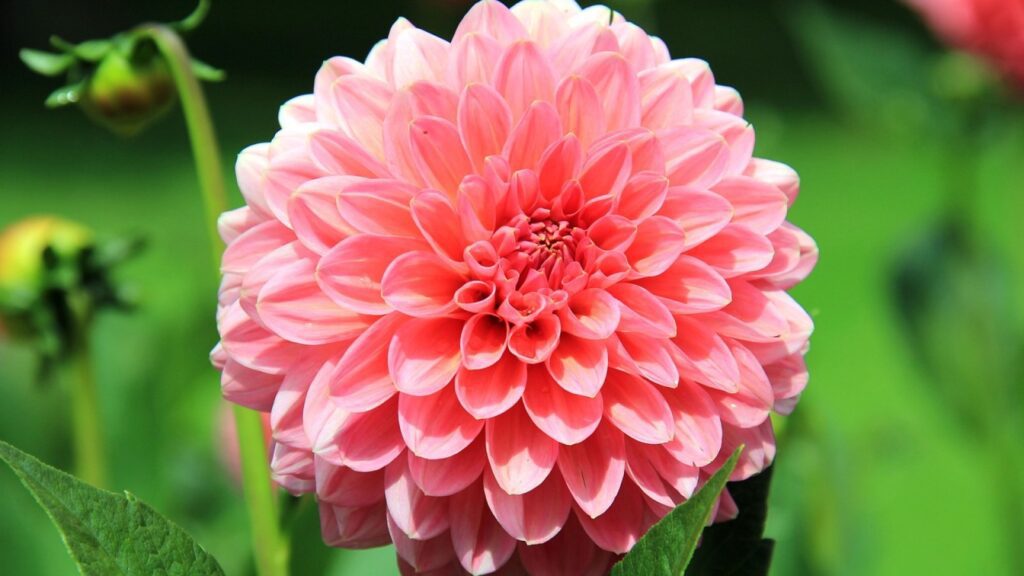Dahlia Extract: A Promising Anti-Diabetic Treatment
In a recent study published in Life Metabolism, scientists delved into the potential anti-diabetic properties of Dahlia extract. They conducted experiments on both animal models and humans to explore its effectiveness in managing type 2 diabetes (T2D) and pre-diabetes.
Understanding the Background
The pathogenesis of T2D revolves around glucose intolerance and insulin resistance (IR). These crucial factors have been studied for over a century, dating back to Claude Bernard’s discovery in 1885, which unveiled the brain’s control over blood glucose levels.
Modern research has revisited Bernard’s findings, emphasizing that the dysregulation of glucose homeostasis in the hypothalamus lies at the core of T2D. When insulin reaches the hypothalamus and activates specific pathways, it triggers a cascade of metabolic effects.
Read Guide about Wegovy Dosage Guide: The Best Way For Weight Loss
Inflammation in the hypothalamus has been linked to IR through the IKKβ/NF-κB inflammatory pathway. Targeting hypothalamic inflammation with an IKKβ inhibitor has shown promise in preclinical studies.
Butein, a rare flavonoid found in the bark of the Chinese lacquer tree (Toxicodendron vernicifluum), has demonstrated significant effects in mitigating glucose and insulin sensitivity in diet-induced obese (DIO) mice.
Tip: Please fill out this form to determine whether or not you or a friend are eligible for a CGM.
The Study Unfolds
The researchers embarked on their study by testing D. pinnata flower extract, a non-toxic plant containing butein. They used DIO mice fed with a high-fat diet (HFD) to induce obesity and administered varying doses of dahlia extract.
Results from intraperitoneal glucose tolerance tests (ipGTT) in these mice showed improved glucose tolerance after dahlia extract administration. They also examined other flavonoids like butein, sulfuretin, and isoliquiritigenin in combination with dahlia extract. Please visit this to access our comprehensive analysis of the Abbott FreeStyle Libre.
Chronic treatment with dahlia extract didn’t affect liver morphology, liver fat content, or weight, indicating its potential for long-term glucose homeostasis.
However, intracerebroventricular (ICV) application of butein in DIO mice yielded different results, highlighting the influence of leptin and variations in blood-brain-barrier (BBB) function.
Must Read About: Dietary Sugar and Coronary Heart Disease Risk
Molecular Insights
The study delved into the molecular mechanisms, revealing that hypothalamic insulin signaling, especially PI3K, played a crucial role in the extract’s glucose-regulating effects. The dahlia extract also prevented astrogliosis in the hypothalamus, associated with inflammatory signaling suppression.
In Zebrafish, the extract reduced hyperactivity of the NF-κB pathway but did not drop NF-κB activity below control levels.
Human Trials
A clinical study involving individuals with pre-diabetes and T2D further validated the dahlia extract’s effectiveness. The participants received different doses of powdered dahlia extract and underwent oral glucose tolerance tests (oGTT).
The results indicated that the extract improved glucoregulation, with a more pronounced effect in patients with established T2D.
Conclusions
In summary, the study underscores the potential of Dahlia pinnata flower extract as a means to restore glucose homeostasis, both in animal models and humans. It demonstrates safety and efficacy, paving the way for further research into its therapeutic applications for individuals with T2D.


